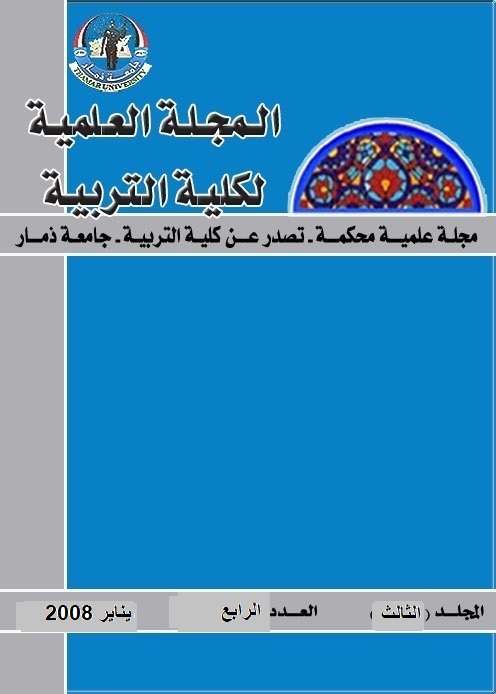Modern Technological Developments and their Impact on the Architectural Drawing
DOI:
https://doi.org/10.60037/edu.v1i4.1020Keywords:
Architectural studio, , Modern studio, Traditional studio, Studio architectureAbstract
This research presents the strong influences resulting from computer developments (software, the Internet) as well as virtual reality technologies and the repercussions that have had on architectural engineering education. The traditional methods currently used in the educational process, as well as the current architectural studio, have become unable to face the challenges posed by technological developments. As a result, two new types of architectural ceremonies emerged: the partial fusion ceremonial and the fully fusion ceremonial. The appearance of these two ateliers is a strong indication of the demise of the current architectural atelier, which has become known as the traditional architectural atelier, which calls for a reconsideration of the structure and composition of the traditional architectural atelier and its development so that it becomes compatible with modern technological developments.
Downloads
Published
How to Cite
Issue
Section
License
Copyright (c) 2023 Researchers always retain copyright. The research is licensed under an open Creative Commons CC BY 4.0 license, which means that anyone may download and read the research for free. It is also permissible to reuse and quote the research provided that the original published source is cited. These conditions allow maximum use of the researcher's work and presentation.

This work is licensed under a Creative Commons Attribution 4.0 International License.
This journal is open access, which means that all of its contents are available free of charge to the user or his institution. Users are permitted to read, download, copy, distribute, print, search, link to, or use the full texts of articles for any purpose. For any other legal purpose, without requesting prior permission from the publisher or author, provided that the original published source is cited and referred to. This is consistent with the DOAJ definition of open access.; Researchers also always retain copyright. The research is licensed under an open Creative Commons CC BY 4.0 license.
Scientific Journal of the Faculty of Education, Thamar University © 2006 by Faculty of Education is licensed under Attribution 4.0 International







